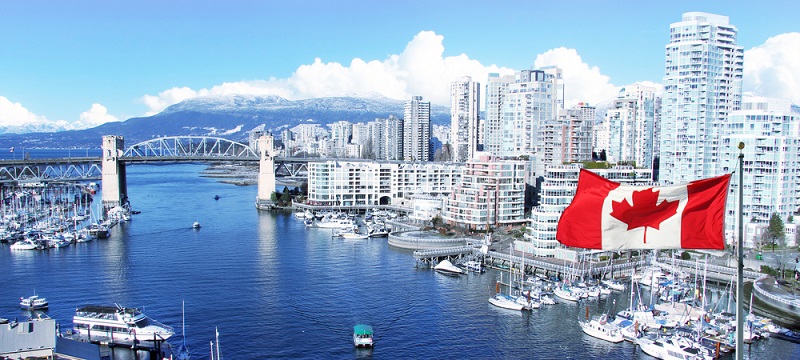In 2001, the Canada Shipping Act was introduced in order to finally update and redefine maritime regulations for Canadian boats. The Canada Shipping Act of 2001 is a piece of legislation that most vessel owners in the country should be aware of, so let’s go over what it entails and how to properly comply with it.
The Canada Shipping Act 2001
At the time of its introduction, it had been well over a century since any major changes had been made to Canadian maritime law, so an update was necessary in order to establish widespread seafaring laws that could work in the 21st century. The British Merchant Shipping Act of 1894, its previous iteration, had already been amended time and time again, which is why the government had to update and organize it to ensure its efficiency. Complying with the Canada Shipping Act of 2001 will be important to maintain good standing with Transport Canada.

Why is the Act Important?
Now that you know about the Canada Shipping Act, it will be important to know why it’s important in the first place. Here are the reasons behind the act’s implementation here in Canada:
- First, the act intends to protect the health and wellbeing of individuals, including the crews of vessels, who are participating in marine transportation and commerce;
- It is meant to promote safety in marine transportation and recreational boating;
- It protects the marine environment from damage due to navigation and shipping activities;
- It develops a regulatory scheme that encourages viable, effective and economical marine transportation and commerce;
- The act intended to help promote an efficient marine transportation system;
- It aimed to develop a regulatory scheme that encourages the viable, effective and economical use of Canadian waters by recreational boaters;
- It ensures that Canada can meet its international obligations under bilateral and multilateral agreements with respect to navigation and shipping;
- The act encourages the harmonization of marine practices; and
- It establishes an effective inspection and enforcement program.
How to Comply With the Act
Okay, so this piece of legislation exists… how does it affect you? Well, if you are a vessel owner here in Canada, you need to comply with it, and here’s how you do it.
- If you own a non-pleasure vessel powered by an engine of 10 horsepower (7.5kw) or more, or commercial river rafts in Canada, you must register them with Transport Canada’s Canadian Register of Vessels or the Commercial Small Vessel Register, depending on the boat’s size.
- In cases of pleasure craft, if it is equipped with motors of 10 horsepower (7.5 kilowatts) or more (even if it is a personal watercraft) that is maintained or operated in Canada, you will need to obtain the corresponding license.
Submit Your Application to Transport Canada
We understand that no one likes having to file paperwork, which is why we’ve made an effort to make it easier for everyone. Here on our website, you will be able to find all the forms you might need as part of the registration processes for your convenience. And not only will you be able to fill them out here, but you can also submit them.

